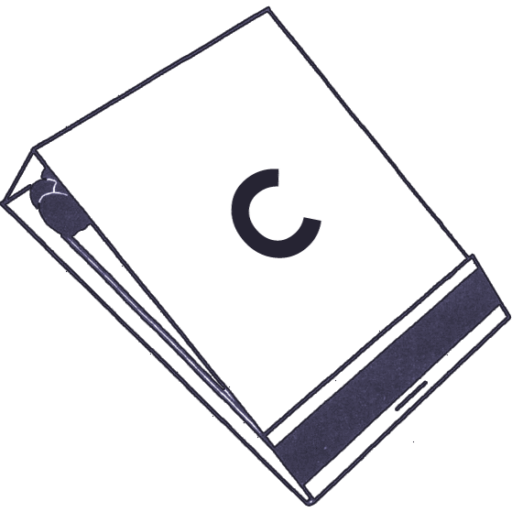My favorite business school professor made good money managing extreme complexity: he oversaw consulting gigs involving multimillion dollar real estate purchases, factory operations with thousands of employees, and complicated mergers.
He had a gift for estimating costs and timelines. His clients thought he was a forecasting wizard, which was evident in the size of his contracts. He also managed to never get overwhelmed, even when the projects looked like this:
I’ve borrowed his strategy for my own work and life, whether it was trying to build a new website, establish a production cadence with a video editor, or land a job. And it saved me time, money, and headaches.
What is his secret? The Double Cushion.
Double the time, Double the money
My head exploded when he explained the simplicity of this approach:
- First, draw from your wealth of industry experience
- Analyze the numbers and the financials
- Estimate how much “it” (the project) will cost and how long it will take
- Take that estimate…and DOUBLE IT
“Cushion is key,” he explained. Reality has a surprising amount of detail. His move is the “double cushion.” Assume the project will cost twice as much and take twice as long.
The key is to not actually shift your internal effort around implementing the project—push hard and fast enough to complete the time at the initial cost and timeline. But life will intervene. When it does, you have slack on the two most important factors: time and money.
The first project he used the double cushion with forecasted the completion date within a week and the budget within a few thousand dollars (a rounding error in the total project cost).
His clients have not worked with another consultant since.
Why does this process work? Because he is not starting from zero: he has enough experience to make the initial estimate. I recommend the same for you. Do not start from zero. Do research and ask people who have completed similar work.
It also works because 99% of the projects we take on in life have humans in the loop.
He thought he got lucky and it would never repeat. Seventeen years later, the heuristic continues to track with the reality of his projects. Doubling costs and timelines based on his best guesses manages expectations and makes him look like a genius to his clients.
Financial models and planning frameworks never never capture how things unfold in the real world. Given that, create a cushion.
Shout out to professor Greg Hallman.
